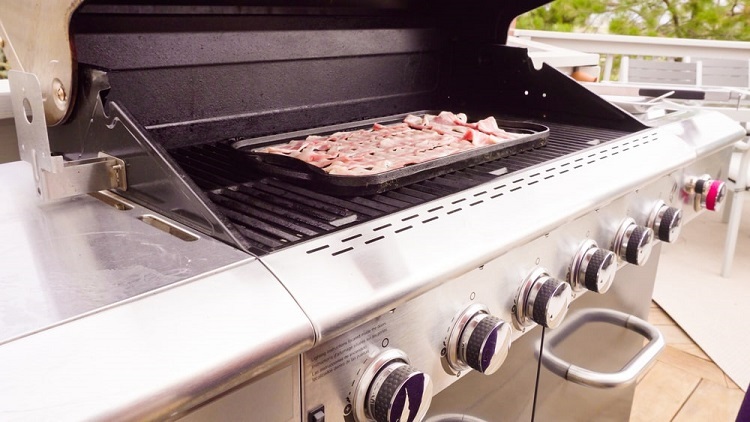Irrigation systems may lead to water wastage no matter how efficient the system is. They require regular monitoring and correct operation to minimize any losses and save water. An irrigation system owner should learn why irrigation maintenance is so important. Proper irrigation maintenance on a property is key in site management to help prevent costly repairs. It is important to schedule frequent irrigation maintenance services from experts for check-ups and repairs in case of any issues.
Table of Contents
Examine and Repair.
Regular inspection of the system is required to ensure it is operating perfectly. Testing should be scheduled at least annually, or when the seasons and weather change. The inspection of the irrigation system involves checking to ensure the sprinkler heads are working fine, there is no clogging, and that there are no breakages or malfunctioning that may need replacement. Leakages and worn-out nozzles may also need repair. Clogging of nozzles results in some parts not getting irrigated hence dry spots in the landscape.
Adjusting the Sprinkler Heads
Sprinkler heads are always likely to be moved during lawn mowing or just by feet if someone knocks on them. Regularly checking on them helps to ensure that they are always in alignment. The heads should be placed strategically in a way that when the system rotates in only waters the landscape and not the driveways, sidewalks, or streets. When the sprinkler waters unnecessary places, the costs of irrigation become higher, and a lot of water is wasted. Sprinkler alignment is easy since it only needs to be twisted in the right direction, then make any adjustments to fit the nozzle pattern of the plants needing irrigation. The head should also be at the right angle to the soil. A wrong tilt tends to water one side more causing patches and dry spots. The heads should therefore be raised above a certain level that it is not in contact with turfgrass canopy. Maintenance of lifting the heads should be done frequently.
Set the Controller
The controller is used to set different irrigating times for the plants. The timer is needed to ensure that the plants are only supplied with the necessary amount of water according to their needs. Knowing the water needs for the specific plant to be irrigated is important before setting the timer for irrigation just to ensure they get the appropriate amount of water. The frequency of watering plants also varies according to the weather conditions. The property owner should be able to control the irrigation, especially during cool weather and summer rainy weather.
Calibration
The amount of water the irrigation system supplies within a given time is determined by calibration. This helps the property owner to know whenever the plants are being over or underwatered.
Conclusion
Neglecting the irrigation system leads to large losses of water and results in higher bills. Regular maintenance services help to prevent the need for extreme repairs. Both commercial and institutional landscapes require irrigation systems. The systems should be installed, operated, and maintained properly by experts to ensure that the plants maintain their appearance and remain in good health. Leakages and damages can be quite costly for ground managers since they lead to water loss hence higher water bills. Additionally, any malfunctioning in any part of the system can cause further losses and damages if the root cause of the issue is not pinpointed and resolved immediately. Irrigation system maintenance can be done in yearly, monthly, or even weekly intervals to ensure that the system is running efficiently.











Comments